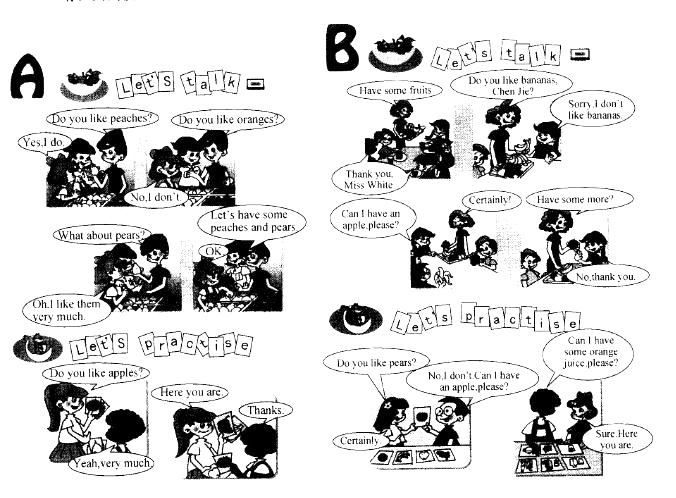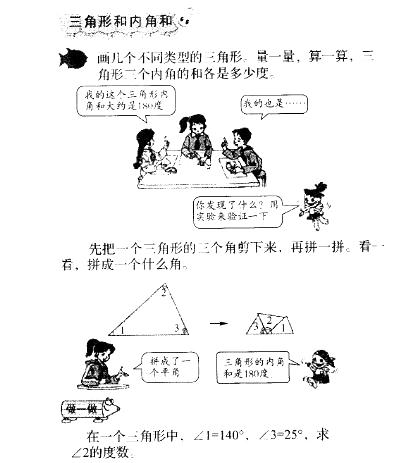当前位置:首页 → 职业资格 → 教师资格 → 中学英语学科知识与教学能力->TheritualofEnglishteatimeisbel
The ritual of English tea time is believed to have originated in the late 1700's when Anna,Duchess of Bedford, ordered that a plate of cakes be sent up to her with her afternoon cup of tea. The Duchess chronically experienced a “sinking feeling” (what we would term “low blood sugar”) in the late afternoon. To tide her over the long hours between meals she turned to carbohydrates.
Other royals immediately copied the Duchess, and afternoon tea parties became quite fashionable. Low tables were set up in front of sofas and chairs, and the ladies found a new opportunity to show off pretty clothes, fine china, embroidered linen tablecloths and napkins, and silver tableware.
Tea time was also the time to exchange juicy gossip and serve refreshments. Soon darling little sandwiches and sweet pastries as well as scones were being arranged on decorative stands and plates for the ladies' pleasure. The tea party mania quickly spread across the Atlantic where tea was already enjoyed as a beverage. This fondness for tea was later suppressed by the patriotic Americans during the era immediately preceding the American Revolution because of the unreasonable British tax on tea. However, by April 27,1776, Congress announced in the Philadelphia Packet that “the drinking of tea can now be indulged.” The custom of afternoon tea parties was not really revived in this country, though, until the mid-1800's, when Victorian ways were in vogue here. Leisure-class American ladies began having “kettledrums” at 4 p.m.. “Kettledrums”was called that in connection with the term “teakettle” . Petits fours and other dainty delights were served amid Victorian opulence. A Victorian diarist, Maud Berkeley (Maud: The Illustrated Diary of a Victorian Woman,Chronicle Books,1987) gave an anecdote concerning tea time: "Mrs. Barnes had out a lovely tea-cloth for her tea-party, worked all over with cyclamens and honeysuckle. Shoggie Boucher, unused to such dainty, contrived to slop his tea all over it. Thankful it was not I. As it was, my new feather boa, which I wore for the first time, got into my teacup, causing much alarm and merriment to all assembled. Lilian Black-Barnes was, as ever, strong in adversity and wrung out the offending object in the kitchen sink. Fear it may never be the same again, none the less."
My family, mother, and I were able to relieve some of that sophisticated elegance (minus the drippy boa) when we had tea at the Ritz in London. The Palm Court, an open area on the ground floor of the hotel, is a study in turn-of-the-century decor. Gilt statuary, palms, and other plants, and stylishly-set little tables beckon welcomingly under high-up, rose-tinted skylights.
Our waiter brought us a selection of finger sandwiches of smoked salmon, ham, cucumber,Cheddar cheese, cream cheese, and chives, or egg salad. Scones (similar to American biscuits) were offered with butter, and various preserves and jellies. Along with this we were served Indian or China tea, and hot chocolate for my young daughter. Then the dapper waiter presented a vast tray holding many French pastries and cakes from which we could choose. After several teeny sandwiches and a couple of marmalade-coated scones, a chocolate eclair seemed to add carbohydrate overload to carbo-loading, but “when in England, do as the English do”. This tea feast was served between 3:30 and 5:30 p.m. Around 10:00 p.m., we had regained just enough appetite to sample some fish and chips (French fries), and then we put our weary stomachs and ourselves to bed.
What can be inferred about the writer's opinion concerning what is served at the British teatime?
细节题。根据第二段中的“To tide her over the long hours between meals she tumed to carbohydrates”和第四段中的“…little sandwiches and sweet pastries as well as scones...”可推断 出,英国人在下午茶时摄入了太多的碳水化合物。B 项“英国人更喜欢不同种类的饮料”,原文提到的饮料只有 tea。 C 项“英国人对食物的种类不讲究”,与原文意思相反。D 项“英国人对垃圾食品情有独钟”,下午茶的点心并非 垃圾食品。
阅读下面材料,回答问题。
在一节美术公开课上,教师在教学生画吃虫草。整个一节课,教师完全按照备课内容、时间安排,在课堂上用15分钟讲授吃虫草的特性,用10分钟让学生六个人一组,分组讨论“吃虫草为什么可以吃虫子”。然后教师在听取了两个组的讨论结果后,从自己的教案上把正确答案抄在黑板 上。最后,让学生根据正确的描述,10分钟之内画一棵吃虫草。而在下课后,发现有1/5的学生仍然在埋头画画,还有几个学生则根本没有动笔。课后,评课者的意见如下:“把美术课上成了生物课”“讨论流于形式,学生没有真正参与到讨论中来”“这节课没有融入感情,没有表现发现美、创造美的过程”。
根据此次新课程改革的理念,请用教育学相关原理对案例进行分析。你如果是这个美术教师,你会怎么上这节课?
以下是《十几减九》的教学片段,阅读并回答问题。
教师先让学生独立思考例题“12 — 9”的计算方法,然后展开师生对话,交流算法。 师:谁来介绍自己的方法,告诉大家你是怎么想的?
生1:我是数出来的。
师:你是怎么数出来的呢?
生1:我心里想着9,然后从9往下数(用手指表示),一直数到12,数了3个数,所以12减9就等于3。
师:你能给你的方法起个名称吗?
生1:(想了想)那就叫“数手指”法吧。
生2:老师,我不用数手指,而是用小棒来摆。
师:你是怎么摆的,又怎么算呢?
生2:我先摆出12根小棒,然后拿走9根,剩下3根,12减9就等于3,这种方法叫“摆小棒”法。
师:好一个“摆小棒”法,你真行!
生3:我不用数手指,也不用摆小棒就能算出来!
师:是吗?那就把你的高招说一说!
生3:(得意地)我把12分成10和2,先用10减9等于1,再用1和2加起来就等于3。
师:哇!你真聪明,能想出这么巧妙的方法,老师佩服你!那你给这种方法起名称了吗?
生3:我不知道该叫什么方法好。
师:还有谁的方法和生3的一样?你们一起来商量一下,给这种方法起个什么名称。
学生你一言我一语,说出了很多名称,有的叫“分开减”法,有的叫“先算10”法,有的说是“10 减”法,还有的叫“先算减,再算加”法。
师:这些名称都有道理,老师把你们的这些说法综合起来,起一个又简单又合理的名称,你们同意吗?
生:同意!
师:那就叫“破十法”吧!
生4:我还有一种方法比“破十法”还好!
师:是吗?怎么个好法,你说说!
生4:因为我知道9加3等于12,所以12减9就等于3,这种方法叫“想加算减”法!
师:你真会学习,能运用已经学过的知识来解决新问题。
生5:老师,我还有一种更好的方法,叫“连续减”法!
师:(惊讶地)真的吗?怎么连续减呢?
生5:(兴奋地跑上讲台)我先用12里的2减去9里面的2,再用10减去剩下的7就得到3。
师:你真是一个“小数学家”,太了不起了 !
试述此教学片段中,体现了教师与学生互动教学活动的哪些特点?

题目一:如指导中年段小学生学习上述内容,试拟定教学目标和教学重点。(15分)
题目二:根据拟定的教学目标和教学重点,设计课堂教学环节。(25分)

问题(一):如指导中年段小学生学习上述内容,试拟定教学目标和教学重点。(15分)
问题(二):根据拟定的教学目标和教学重点,设计课堂教学环节。(25分)
简述小学生想象力的特点。
简述布鲁纳的认知发现说及其对教学的启示。
简述教师运用谈话法时应注意的问题。
小学德育工作常用的奖惩属于( )法。
学生为了自己在班级中的成绩排名而努力学习,这样的学习动机主要属于( )。
—个人的思维活动能根据客观情况的变化而变化的思维品质称为思维的( )。